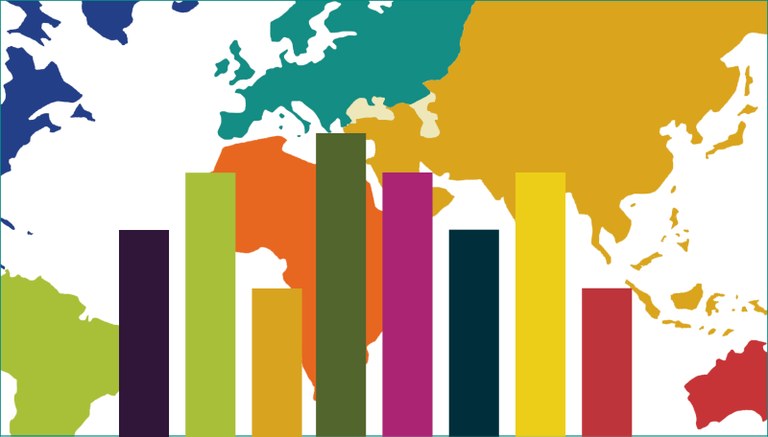Data Use Cases

MEASURE Evaluation reached out to implementing organizations to learn about instances where community-based HIV data for key indicators informed programmatic actions, plans, or decisions, ideally leading to associated changes in resource allocation or beneficiary outcomes.
The data use examples provided below detail cases where data collected for indicators in this collection have been used to inform decisions that led to reallocation of project inputs or that could be attributed to improved outputs or outcomes. Community-based projects can draw from these examples to inform their own data demand and use strategies, ensuring that results are interpreted regularly for use in decision making at all levels of a health system—a necessary step in controlling the HIV epidemic. See also our Conceptual Framework for Community-Based HIV Program Data Demand and Use.
Data Use Cases
Uptake of Antenatal Care and Community-Based Data for Decision Making in Ethiopia
HIV Testing for Vulnerable Children and Their Families in Côte d’Ivoire
HIV Status of Vulnerable Children in the Democratic Republic of the Congo
Active Versus Graduated Beneficiaries of an Orphans and Vulnerable Children Program in Uganda
ART Retention and an mHealth Initiative in Mozambique
Adapted from: MEASURE Evaluation data use conceptual framework.
MEASURE Evaluation. (2008, revised 2012). Data demand and information use in the health sector: Case study series. Chapel Hill, NC, USA: MEASURE Evaluation, University of North Carolina. Retrieved from https://www.measureevaluation.org/resources/publications/sr-08-44













